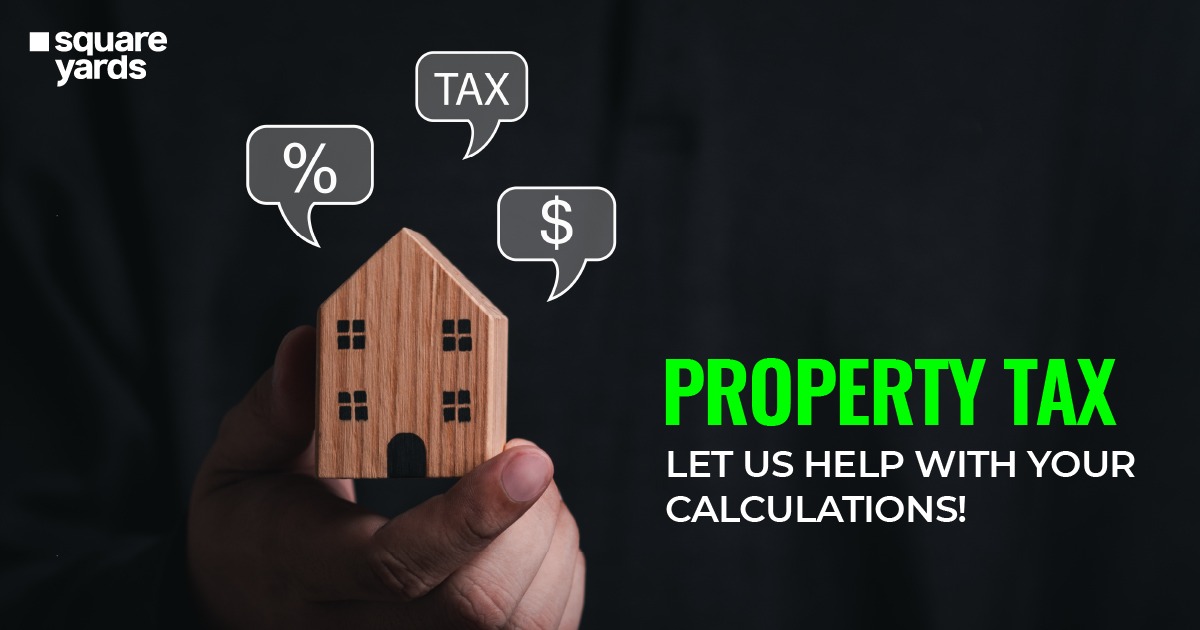As a responsible homeowner in India, it’s essential to fulfill your obligations, one of which is to pay property tax. Property tax is a recurring levy imposed by the local government to fund essential public services and infrastructure. If you’re unsure about how to navigate the property tax pay process, worry not! In this comprehensive guide, we will walk you through the steps involved in paying property tax in India, ensuring a hassle-free experience. So, let’s get started!
Step 1: Understand Your Property Tax Assessment
The first step in the property tax payment process is understanding your property tax assessment. Here’s what you need to know:
Determine Your Property’s Category: Properties are typically categorized as residential, commercial, industrial, or vacant land. The tax rates and calculations can vary based on the property type.
Assess the Annual Value: The municipal corporation assesses your property’s annual value by considering factors such as its size, location, amenities, market rates, and unit area value. The annual value forms the basis for calculating your property tax liability.
Verify Tax Rates: Check the tax rates applicable to your property category. These rates are determined by the local governing body and may vary from one municipality to another.
Step 2: Gather the Required Documents
Before initiating the property tax payment, gather the necessary documents, including:
Property Ownership Documents: Keep your property ownership documents handy, such as sale deed, occupancy certificate, or lease agreement.
Assessment Notice: The municipal corporation will issue an assessment notice specifying your property’s annual value and the amount of tax you need to pay. Keep a copy of this notice for reference.
Step 3: Choose a Pay Mode
The government provides multiple payment modes for your convenience. Consider the following options:
Online Payment: Many municipalities offer online portals or mobile applications where you can pay your property tax conveniently. Visit the official website of your local governing body and navigate to the property tax payment section.
Offline Payment: If you prefer offline modes, you can visit designated banks or payment centers authorized by the municipal corporation to make your payment.
Step 4: Pay Online: Property Tax Payment
If you opt for online payment, follow these steps:
Visit the Municipal Corporation Website: Access the official website of your municipal corporation.
Navigate to Property Tax Payment Section: Look for the property tax payment section or link on the website. It is usually found under the “Services” or “Property” tab.
Enter Property Details: Provide the necessary details such as property identification number, owner’s name, or property address as required.
Verify Assessment Details: Check and verify the assessment details displayed on the portal to ensure accuracy.
Select Payment Method: Choose your preferred payment method from the available options, such as net banking, credit card, debit card, or digital wallets.
Enter Payment Details: Fill in the required payment details, including the amount to be paid.
Make the Payment: Follow the prompts to complete the payment transaction securely. Ensure that you receive a payment confirmation or acknowledgement.
Step 5: Offline Property Tax Payment
If you prefer offline payment, follow these steps:
Visit Authorized Banks or Payment Centers: Locate the authorized banks or payment centers in your area where property tax payments are accepted. This information can be obtained from the municipal corporation’s website or by contacting their helpline.
Carry Necessary Documents: Take along the assessment notice, property ownership documents, and any other supporting documents as required.
Fill the Payment Challan: Collect the payment challan from the bank or payment center and fill in the necessary details, including your property’s identification number, assessment details, and owner’s name.
Submit the Payment: Hand over the filled payment challan along with the payment amount to the bank or payment center representative. Obtain a receipt or acknowledgment as proof of payment.
Step 6: Keep Records and Pay Renewals
Retain Payment Receipts: Regardless of the payment mode chosen, keep all payment receipts, acknowledgments, and transaction details safely for future reference.
Renewal and Revision: Property tax payments are typically due annually. Stay updated on the payment due dates and ensure timely renewal of your property tax. Additionally, be aware of any revisions or reassessments made by the municipal corporation and adhere to the updated payment requirements.
Paying property tax in India is a crucial responsibility of every homeowner. By following the step-by-step guide outlined above, you can navigate the property tax payment process with ease. Remember to understand your property tax assessment, gather the required documents, choose a suitable payment mode (online or offline), and retain all payment receipts for future reference. Timely payment of property tax contributes to the development and maintenance of public services and infrastructure in your locality. As a responsible citizen, fulfilling your property tax obligations not only benefits you but also enhances the quality of life for the entire community.
Q: What is property tax in India?
A: Property tax is a tax imposed by the government on owners of properties in India. It is levied by local municipal corporations or councils to fund various civic amenities and services provided by the local government.
Q: Who is liable to pay property tax in India?
A: The owner of a property, whether residential or commercial, is liable to pay property tax in India. This includes individuals, companies, and other entities that own properties.
Q: How is property tax calculated in India?
A: The calculation of property tax in India varies from one municipality to another. Generally, property tax is determined based on factors such as the property’s location, size, type (residential or commercial), and usage. The tax is calculated as a percentage of the property’s annual value or the actual rent potential.





